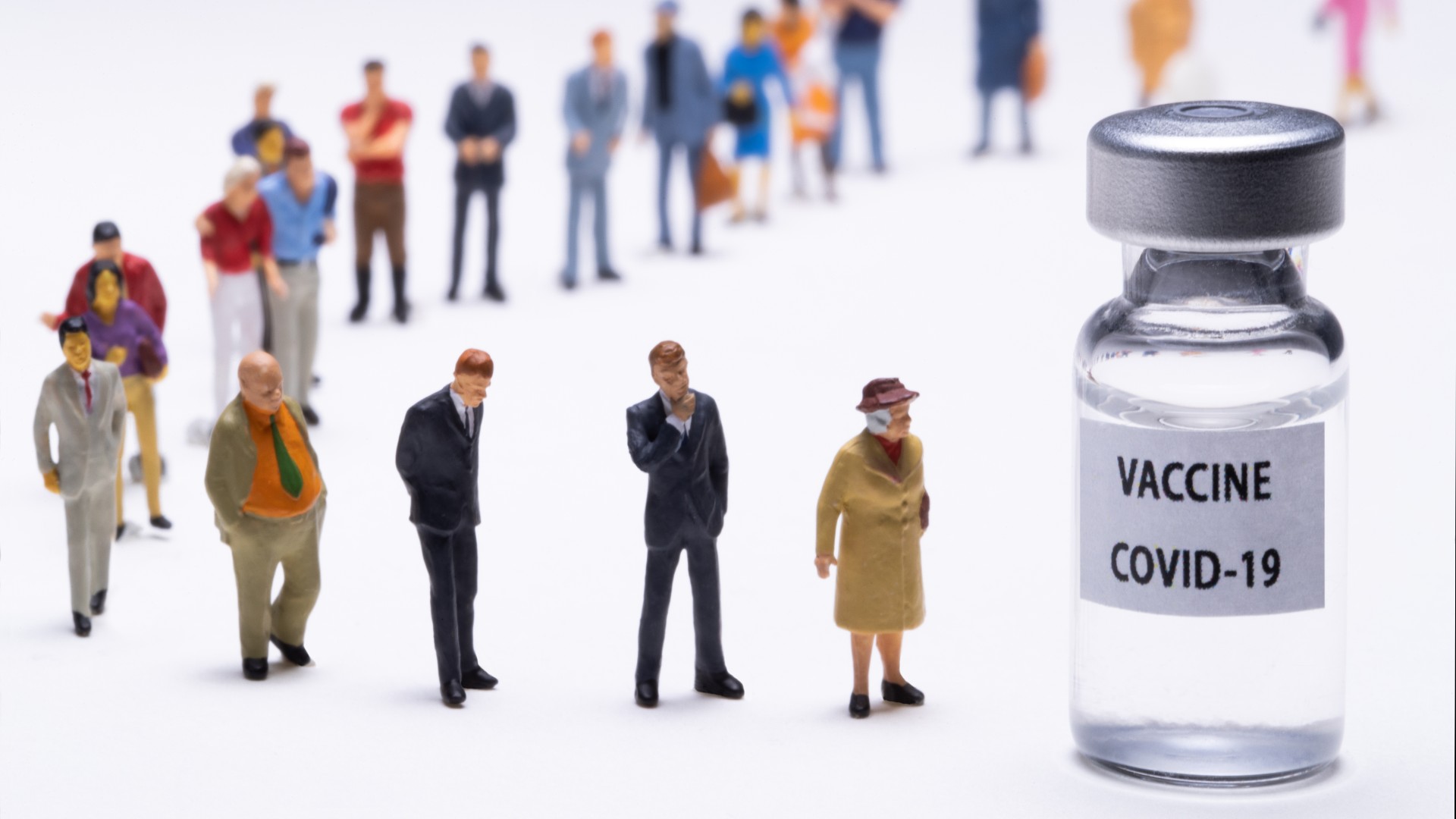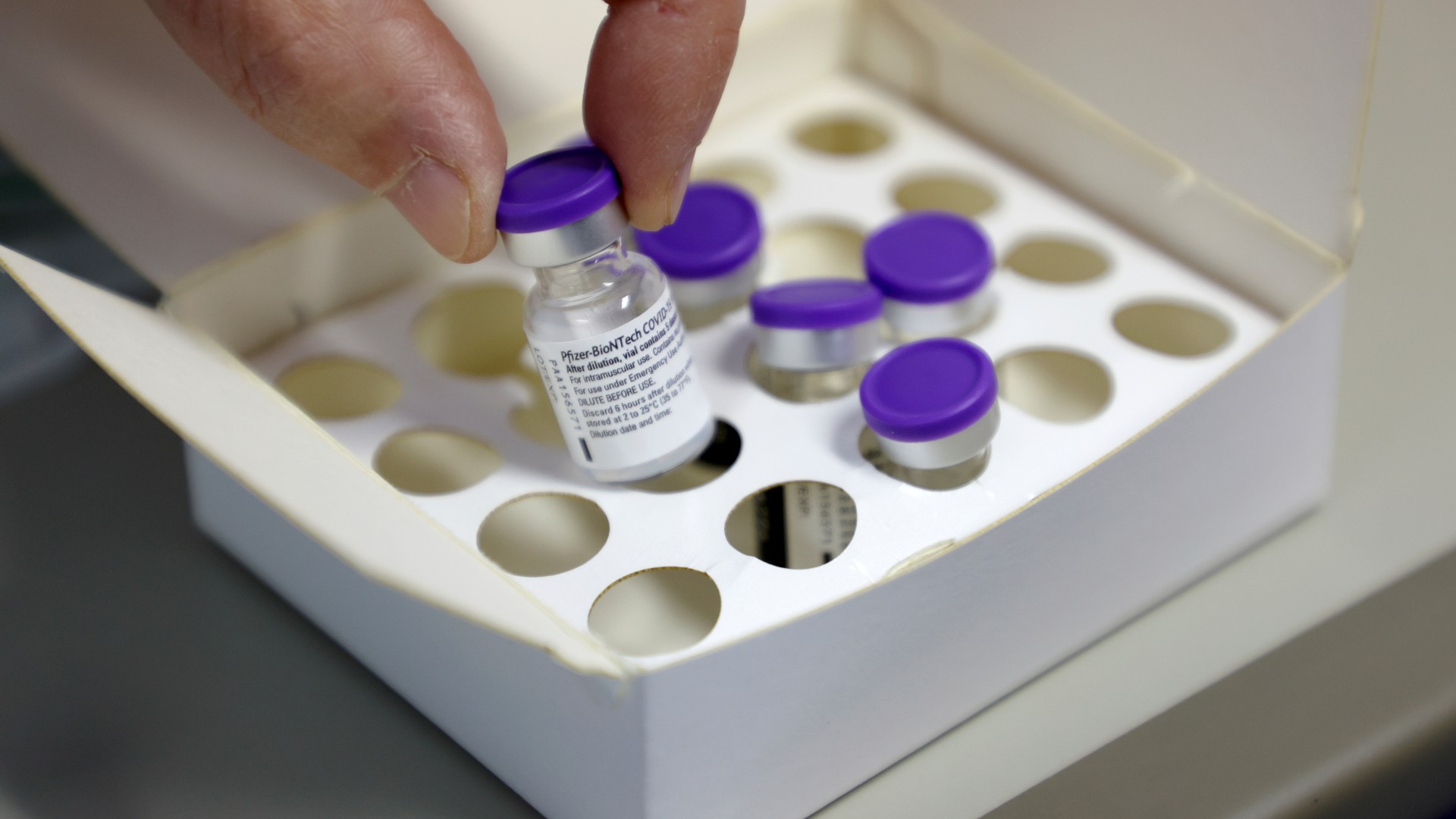
Side effects from the COVID-19 vaccine are common. /Joel Saget/AFP
Side effects from the COVID-19 vaccine are common. /Joel Saget/AFP
With vaccine roll-outs across Europe and several other parts of the world already under way, it is common for people to want to understand what it is they're being given and what to expect from it.
The Pfizer-BioNTech vaccine, which is being administered in Europe, and the U.S. Moderna vaccine both use the messenger RNA – or mRNA platform. These mRNA vaccines are a new type that protects against infectious diseases.
Instead of putting a weakened or inactivated germ (or a live virus) into the body to trigger an immune response like many other vaccines, the mRNA one teaches our cells how to make a protein – or even just a piece of a protein – that triggers an immune response inside our bodies.
That immune response, which produces antibodies, is what protects us from getting infected if the real virus enters our bodies and because these vaccines are more "reactogenic," the immune response will likely be very noticeable.
The Oxford University-AstraZeneca vaccine, which has been approved for use in the UK, is not an mRNA vaccine, but as it also triggers an immune response, it also has noticeable side effects.

Common side effects
While different COVID-19 vaccines may have slightly varying side effects, health experts, including the U.S. Center for Disease Control and Prevention (CDC), say they include:
• Redness and tenderness on the arm injected
• Chills throughout the body
• Feeling tired
• Headache
• Muscle ache and joint pain
• General fever
In most cases, discomfort after the vaccine is normal, even if the side effects feel like flu, but they should go away in 24 to 48 hours, or at most, in a few days.
Some helpful tips include, if you feel pain or discomfort, talk to your doctor about taking painkillers such as paracetamol or ibuprofen if needed. To reduce the pain in the arm where you received the shot, apply a clean, cool, wet washcloth over the area, or exercise your arm. Drink plenty of fluids to reduce the discomfort from a fever or headache.
Health experts advise contacting a doctor if there is persistent redness or tenderness on the arm where you received the shot after 24 hours, or if the side effects get worse and do not seem to be going away after a few days.
In an article by Johns Hopkins Bloomberg School of Public Health, expert epidemiologist and executive director of the International Vaccine Access Center, William Moss, wrote that while the side effects of the vaccine typically start 12 to 24 hours of vaccination, it may be difficult to tell them apart from a COVID-19 infection, if you become infected between vaccine doses. So contacting your doctor if symptoms persist is very important.
For the Oxford University-AstraZeneca vaccine, according to the UK's Medicines and Healthcare products Regulatory Agency, other "common" (may affect up to one in 10 people) side effects were: a lump at the injection site, being sick (vomiting), or flu-like symptoms, such as high temperature, sore throat, runny nose and cough. While "uncommon" (may affect up to one in 100 people) side effects were listed as: decreased appetite, abdominal pain, enlarged lymph nodes, excessive sweating, itchy skin or rash.

Public health guidelines must still be followed and precautions taken even after a person has received the vaccine. /Fabrizio Bensch/Pool/AFP
Public health guidelines must still be followed and precautions taken even after a person has received the vaccine. /Fabrizio Bensch/Pool/AFP
Health experts say it is still possible to contract COVID-19 between doses (most vaccines need two doses to be effective), so it is still important to continue wearing a mask, practicing social distancing and washing your hands.
"The first dose will not provide complete protection, and it will take about seven days after your second dose before you will achieve a full protective level of immunity that develops in about 95 percent of vaccine recipients," William Moss wrote.
While vaccines are a positive step forward to defeating the virus and returning to normal life, it is still vital to continue following public health guidelines and mitigation strategies even after receiving both vaccine doses, until the pandemic is completely under control.
READ MORE: COVID-19 vaccinations in Europe: Your questions answered

